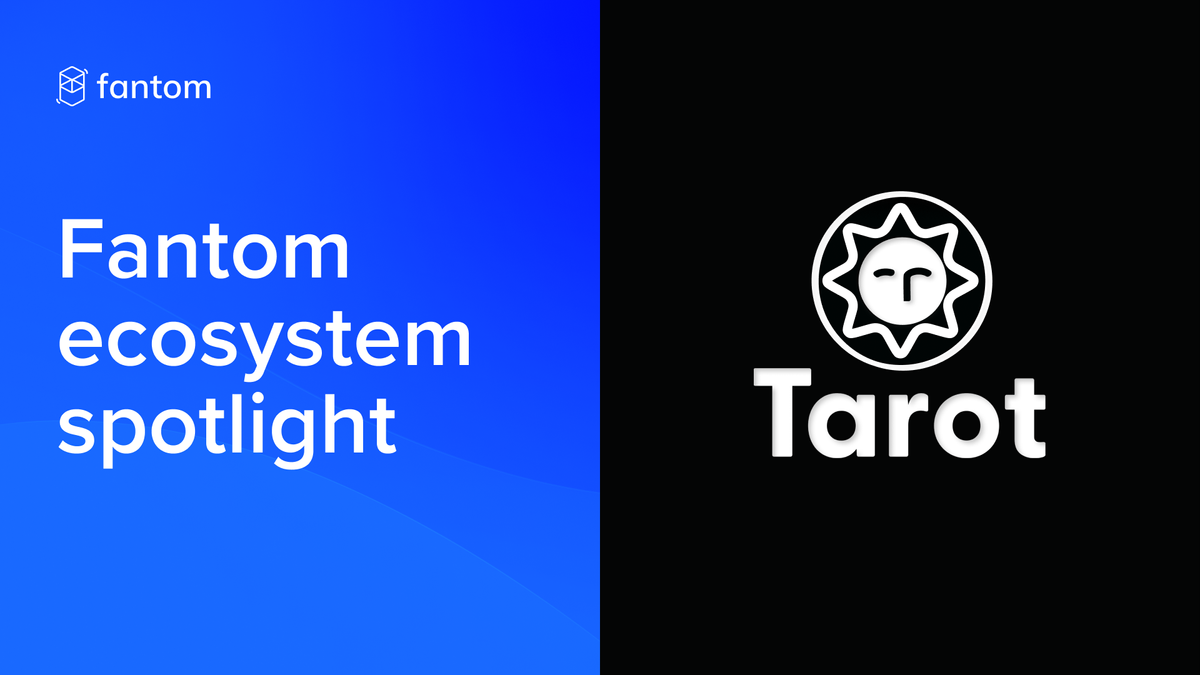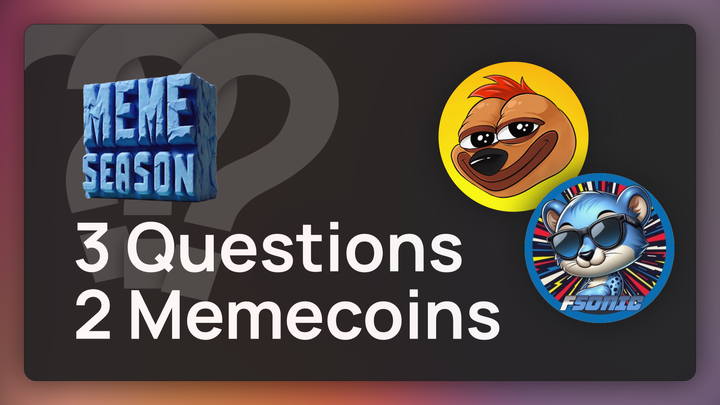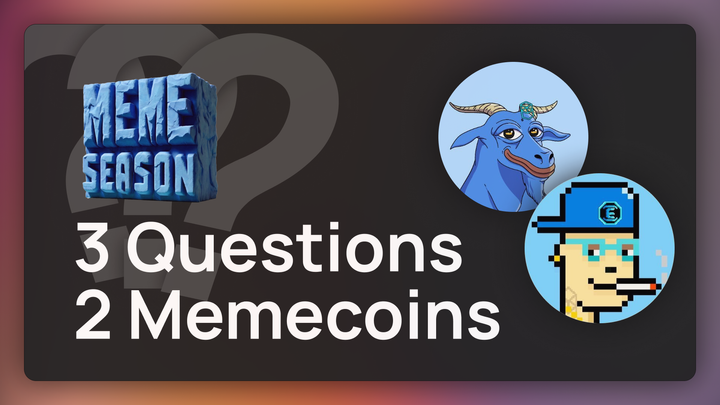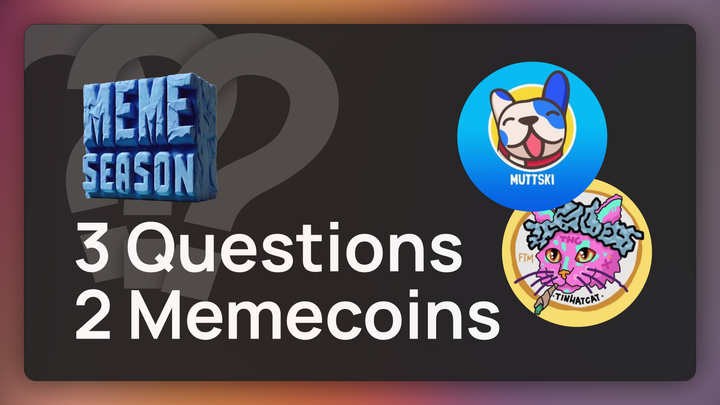Fantom ecosystem spotlight – Tarot

The experience of meeting builders on the Fantom ecosystem is like coming up with a handful of aces, which is an excellent draw in Tarot or almost any card game!
This week, we hear from Tigris of Gaul, founder of the DeFi protocol Tarot.
Along with SpiritSwap and SpookySwap, Tarot is one of the first native Fantom DeFi protocols on the network. In this excellent interview, Tigris offers some insights into how all DeFi users, from novices to the advanced, can find opportunities on Tarot. A lot is going on at Tarot, and we can’t wait to see what they have in store for us.
1. What is Tarot?
Tarot is a decentralized lending protocol on Fantom Opera where users can participate as lenders or borrowers in isolated lending pools.
Lenders can indirectly provide liquidity without the risk of impermanent loss. Like single-sided staking, lenders supply the individual tokens to a lending pool and earn a passive yield.
Borrowers can deposit LP tokens in a lending pool as collateral to borrow and engage in leveraged yield farming with significantly enhanced LP rewards. Furthermore, borrowers in lending pools that are part of the Tarot Farming Rewards program can earn additional TAROT farming rewards. Holders of TAROT will be able to participate in governance and shape the future of the Tarot Protocol.
Our core contracts are designed to be permissionless, non-upgradeable, and operable with minimal governance. We’re already highly decentralized, with developers from all over the world building on top of the Tarot Protocol and contributing to its ecosystem.
2. How do you introduce Tarot to a novice or someone who knows relatively little about DeFi?
Everyone in DeFi should be aware of the concept of yield farming, which kicked off in earnest back in the early days of “DeFi Summer” on Ethereum. Liquidity is highly prized in DeFi, so yield farming protocols incentivize liquidity providers (LPs) to provide their tokens in liquidity pools for additional rewards. These rewards can be made up of transaction fees, other protocol revenue, or a protocol governance token.
There are multiple strategies in the Tarot Protocol. If you’re just getting started in DeFi, you may choose to supply tokens in a lending pool on Tarot and participate in yield farming indirectly as a lender. Or, if you’re a liquidity provider on SpookySwap or SpiritSwap, you can deposit your LP tokens in an auto-compounding vault on Tarot and continuously reinvest your LP rewards even without leverage.
Finally, you may choose to open a leveraged yield farming position in one of the many lending pools on Tarot. In addition to auto-compounding vault rewards, borrowers in many lending pools will automatically earn TAROT farming rewards through the Tarot Farming Rewards program.
3. How would you advise a new user to get started on the platform?
Stop by the Tarot Discord and say hello. Lots of good discussion happens here, and we’re more than happy to help you get started. If you have questions, check out the User Guide or FAQ.
4. How did you come up with Tarot/what was your inspiration for the project and the name?
Tarot was the first native lending protocol to launch on Fantom. After the successful launches of the two major DEXs, SpookySwap and SpiritSwap, we saw an opportunity to build a tool for all the new liquidity providers on Fantom. Leveraged farming was a natural choice, and we determined we were up to the task of delivering a next-generation lending protocol.
Paranormal themes for Fantom projects seem to have emerged quite organically. We’ve always been drawn to the iconography and symbolism of the tarot, which for many, many years has been a global phenomenon full of rich aesthetics and beautiful imagery. Tarot is a powerful tool for transforming risk and exploring your inner depths.
5. What’s your background?
We’re experienced developers in the DeFi space with a passion for game theory and protocol mechanics.
6. Why did you decide to build on Fantom?
Even before the launch of the first DEX, the promise and potential of Fantom were apparent. It’s perfectly suited for sophisticated DeFi protocols like Tarot. Low transaction fees, high throughput, and sub-second time to finality create a seamless experience for users and developers alike.
EVM compatibility means there’s a lot of existing tools and support available, so developers don’t have to start from scratch. Fantom’s Lachesis is an elegant solution to the problem of consensus in a distributed system.
7. How did you learn about Fantom?
We’ve been involved in the DeFi community for quite a while. We discovered Fantom while researching distributed consensus algorithms beyond classical and “Nakamoto” consensus.
8. How has your experience been building on Fantom?
It’s been a pleasure building on Fantom.
We’re impressed by the Foundation’s work to continuously improve the core technologies of the Fantom network, as well as their support for developers building new protocols and other applications on top of it. Beyond that, the response and reception from the community have been phenomenal.
9. What brings you to DeFi, and what excites you most about the space?
We are true believers in the ethos and spirit of DeFi:
- Permissionless
- Open access
- No intermediaries
- Fully transparent
- Open source and verifiable
For the first time in history, DeFi obviates the need for trusted intermediaries. In the countries and regions that support DeFi, people can elect to trust smart contracts and decentralized frameworks that strive to be free of judgment or human error.
By contrast, the current system is set up thusly: you have artificial barriers built up over centuries by elites to bolster themselves, keeping out or assimilating any new actors from challenging or wholly disrupting the system. This system has been comfortably lurching from crisis to crisis, with very little competition, all while continuing to extract huge economic rents.
DeFi brings true competition and real innovation. We’re excited to finally have the opportunity to replace trusted intermediaries in many of these systems that have traditionally required them.
10. How did the community receive Tarot?
The incredible community is the greatest “hidden” benefit to building on Fantom. We’re consistently blown away by the love and support we receive from users, other protocol developers, and the wider Fantom and DeFi communities.
Tarot launched a fully developed and operational protocol on the Fantom network with no presale, no ICO, no private sale, no VC, and no token of any kind. The reception and feedback from the community from the very early days have been absolutely incredible. The liquidity generation event (LGE) facilitated deep, protocol-reserved liquidity on SpookySwap and SpiritSwap in a way that had never been done before and turned out to be a massive community-driven success.
11. What’s coming up for Tarot? Free alpha!
Stay tuned for some major announcements. A few things we’re working on…
- xTAROT staking program
- Further decentralized governance
- Partnerships with some major protocols
- Advanced lending pools
We also have a few novel ideas regarding the upcoming Fantom Foundation incentives.
12. What do you want to say to fellow developers who haven’t started building on Fantom yet?
Building in DeFi is about so much more than just the technology. Projects compete on service, quality, and a reputation for long-term thinking and innovation.
Get involved with the community and be authentic. FTM Alerts, in particular, along with the various Fantom communities on Discord, is a great place to start.
13. How has your experience been as an anonymous developer?
The bar is higher for projects with “anon” developers. We’ve made a choice to be judged by our deployed contracts, our actions, and our unwavering dedication to our community members.
Ultimately, we believe that consistently acting with integrity and helping others is the best way to earn trust in the long run.
Engage with Tarot at:



